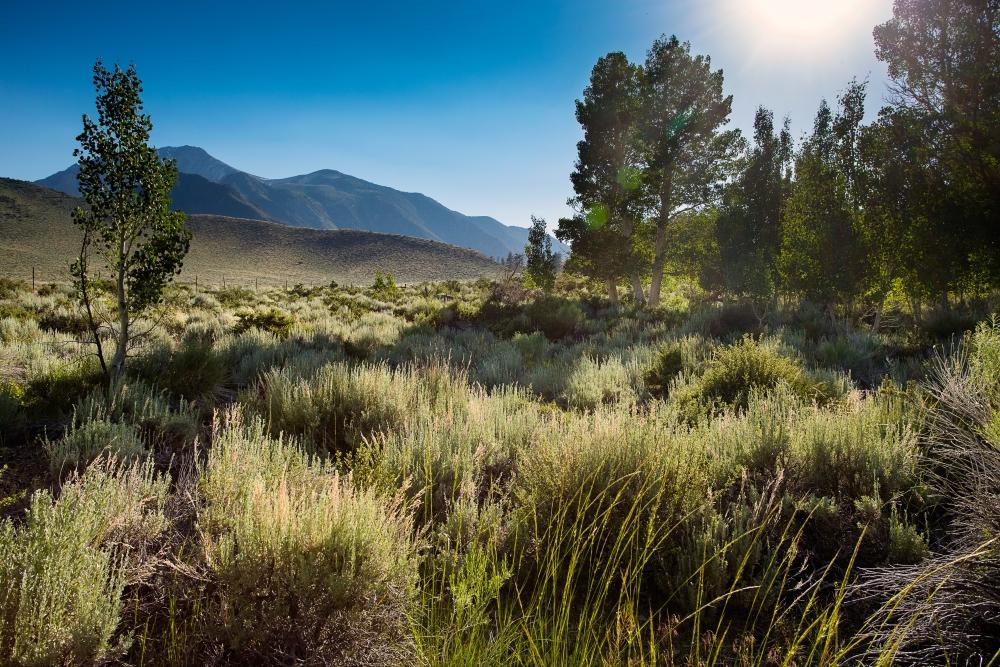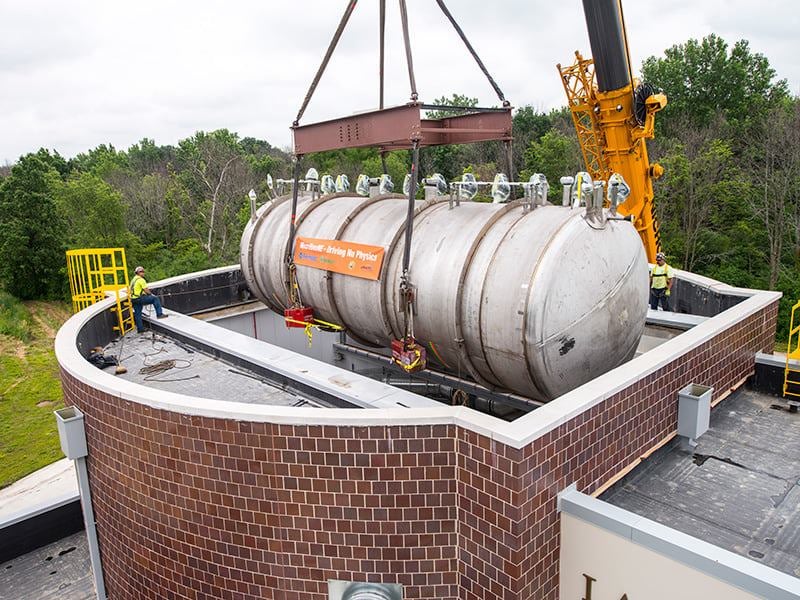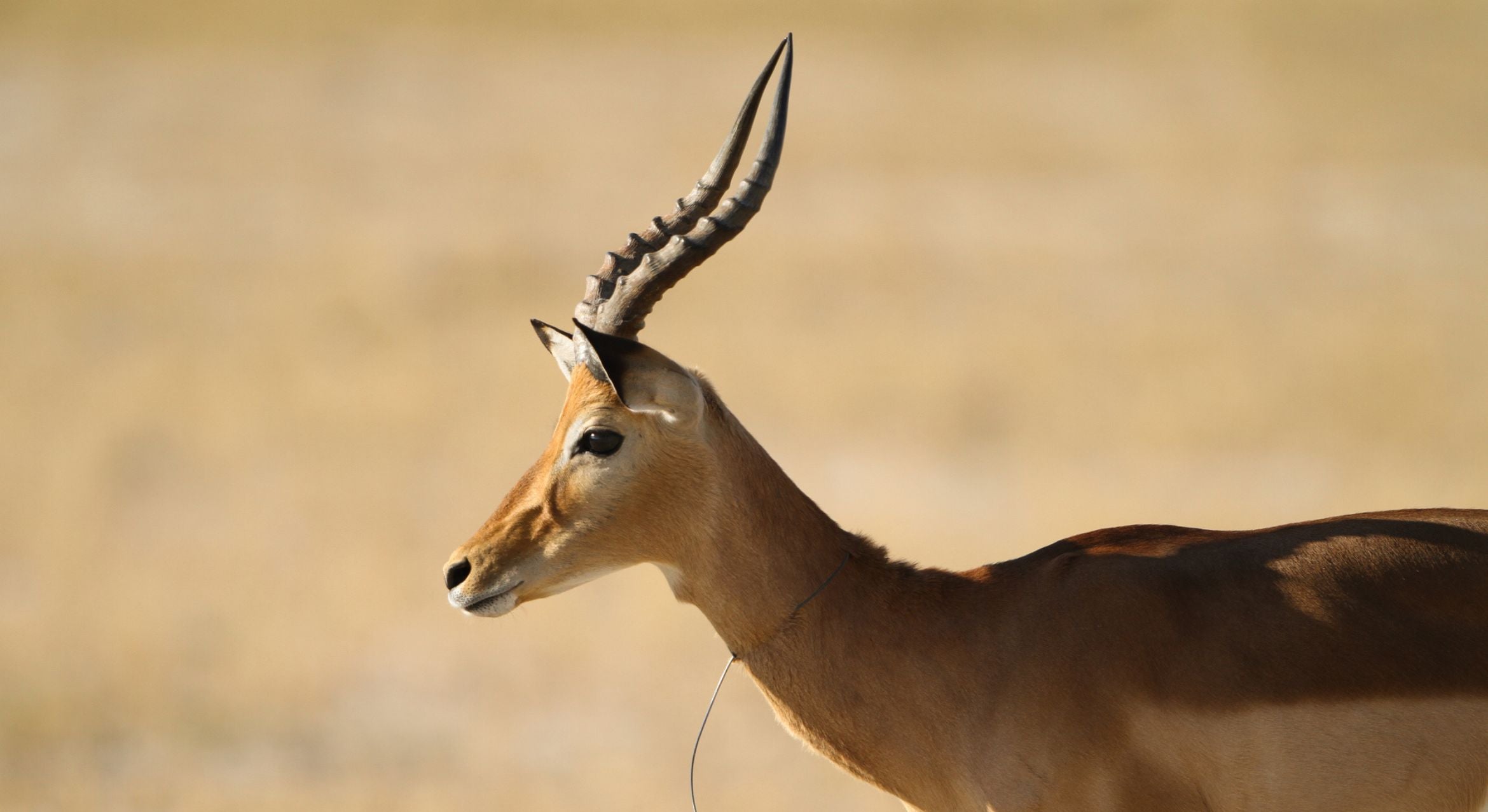Moving the Needle
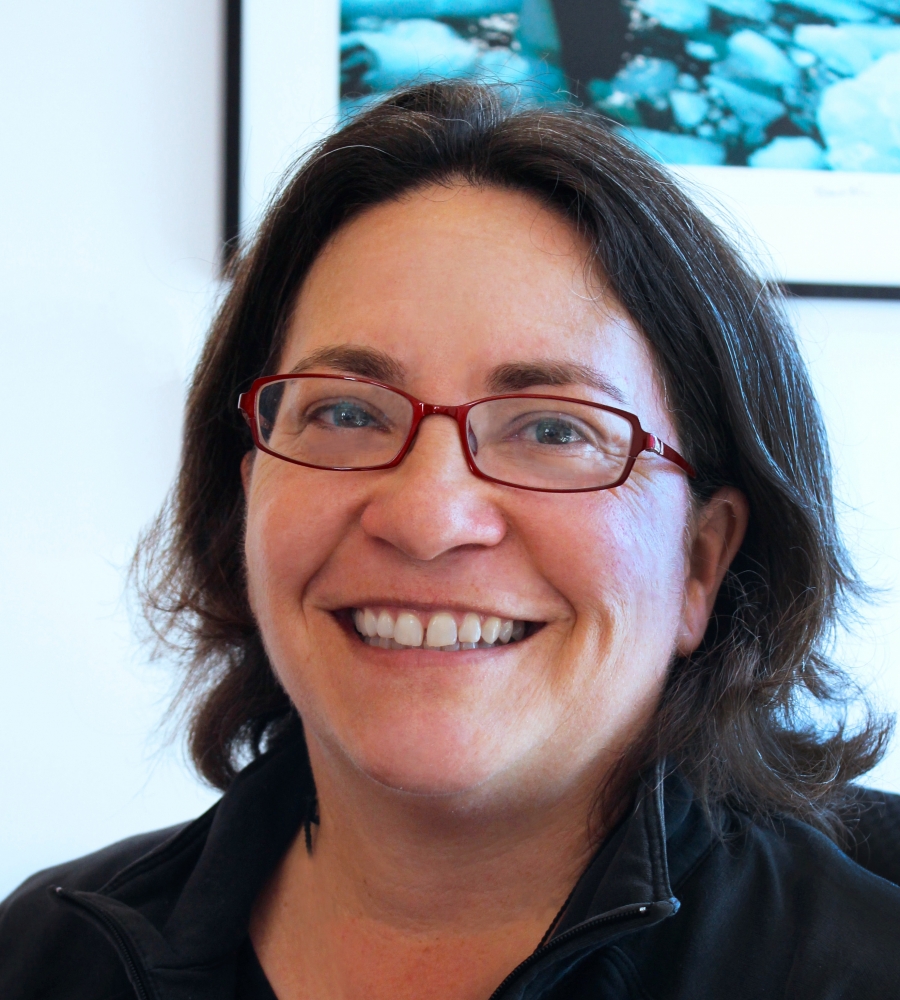
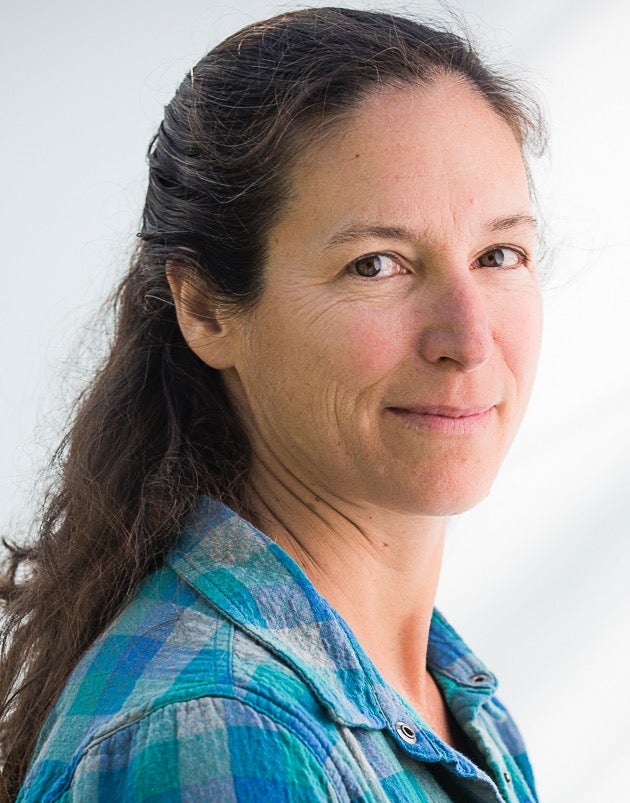
To get a range of possible answers to the most difficult questions, it stands to reason you’d want an array of minds examining those issues.
In the environmental sciences, a broad suite of fields that encompasses everything from marine biology to habitat restoration, wildlife conservation and climate science, that diversity of practitioners is notably lacking.
“It’s a predominately white field according to national data,” noted Gretchen Hofmann, a UC Santa Barbara professor of ecology, evolution and marine biology. The disparity sparked her to start talking with colleagues about how to foster a richer mix of undergraduates in environmental sciences — “particularly Latinx students,” she said, “who sometimes don’t gravitate toward environmental biology.
“We thought if we could get early engagement going, we could show students the huge contributions they can make to the world and their communities by getting involved in environmental sciences.”
Such was the genesis of FUERTE — formal name Field-based Undergraduate Engagement through Research, Teaching and Education — a new initiative to increase diversity and inclusion in conservation and environmental science at UC Santa Barbara.
Conceived by Hofmann in collaboration with three other researchers and the Office of Undergraduate Education, the program has been awarded a $2 million grant from the National Science Foundation (NSF).
The grant, coming by way of an NSF program to bolster undergraduate STEM education at Hispanic-Serving Institutions, is designed to bring both research and field work experience to Latinx undergrads at UC Santa Barbara.
“This is incredibly good news at a tough time and we’re excited to bring this opportunity to our undergraduates at UCSB,” Hofmann said. “This is a high-touch program that will be transformative. The low diversity among practitioners in environmental sciences is greatly hindering the ability to develop conservation solutions to a range of environmental problems, many of which will have disproportionate impact on more diverse and often underserved communities.”
FUERTE aims to surmount barriers to the involvement of Latinx students in the environmental sciences through inclusive mentoring, as well as early and immersive exposure to field-based research.
Starting in winter 2021, three cohorts of 10 students will ultimately be recruited for tiered experiences meant to build their expertise and strength in environmental sciences. On-campus work with mentors will be augmented by field research opportunities each summer and, finally, internships with partner entities such as The Nature Conservancy, Ocean Science Trust in California, the National Park Service and many others.
“The FUERTE program is an amazing opportunity for students of color and first-generation college students to not only learn about environmental research, but actually immerse themselves in the field with the support of dedicated faculty, staff and graduate student mentors,” said Malaphone Phommasa, director of Academic Success Initiatives in the Office of Undergraduate Education, and a co-PI on the grant. “What better way to know that you are capable of doing research and belong in the field than to be given the opportunity to try it out and also be mentored by folks who come from similar backgrounds?”
The cornerstone of the program’s fieldwork component is a two-week immersive field science course at the Sierra Nevada Aquatic Research Laboratory (SNARL) in Mammoth Lakes, part of UCSB’s Natural Reserve System. The fellows will participate in field projects on and around the reserve.
“Some may be oriented toward outreach, some toward policy, or conservation and endangered species,” said Carol Blanchette, director of SNARL and also a co-PI. “There are a variety of field-based experiences, from biology to education to policy, and the idea is that the students get this training then do an internship. Maybe without knowing what the career paths are in environmental sciences, they don’t see those opportunities. If we have success training students and aligning them with opportunities with these agencies, I see that as a win-win.
“Also the environment here in the Sierra Nevada mountains, for students coming from Santa Barbara, it’s like another world,” Blanchette added of being on the reserve, which also includes nearby Valentine Camp in the town of Mammoth Lakes. “Part of the idea is to get them away from their usual, their normal, their conventional environment and get them out here, to broaden their perspectives.”
In another unique and creative twist that sets FUERTE apart, the program itself — and its participants — will be the subject of research as it evolves. Chicana/o studies professor and scholar Aida Hurtado, an associate dean of social sciences, will undertake a study of how the students selected for FUERTE develop their identities as scientists.
“I look at the opposite hypothesis usually examined in many studies: why are Latinos/as not interested or successful in the natural sciences? I am interested in why and how we can create an interest in these fields when the research predicts the opposite,” explained Hurtado, who holds the Luis Leal Endowed Chair in Chicana/o Studies. “FUERTE is designed in disproving the usual hypothesis of failure.
“The goal is to intellectually engage students through study and practice so they see themselves as scientists,” she continued. “We hope to provide an intervention model for enhancing Latino/a students’ social identities to include becoming scientists and pursuing an education in the natural sciences. FUERTE is also working with the assumption that Latino/a students will also influence others in their communities to pursue careers in the natural sciences.”
Which is sorely needed, according to Hofmann and other researchers working in those fields. By some estimates, only 6% of conservation ecologists and environmental scientists are people of color — about half the diversity of cellular and molecular biology lab sciences — and less than one-fifth of U.S. diversity in that area.
“There is a huge unmet need for these opportunities. How do we move the needle?” Blanchette said. “These issues are being discussed as an outgrowth of larger conversations about race and racism and why is it that students of color are often situated at the margins of our education systems? There is not one simple answer.
“Ideally representation in any area of science reflects diversity of the community and in many areas, we’re very far from it,” she continued. “There is a real desire, and a real need, for programs like FUERTE. UCSB being a Hispanic-Serving Institution and the population in that demographic growing year over year, this is a good news story about an institution and people working to create those opportunities.”
Barbara Walker, director of research development in UC Santa Barbara’s Office of Research, played a key role in shepherding Hofmann et al’s proposal to the NSF, which she described as “irresistible” and a “model for other HSIs and for any institution that aims to better serve first generation and underrepresented minority students and propel them into STEM careers.”
“FUERTE is an excellent example of the special role that an institution like UCSB plays in the wider community of HSIs,” Walker said. “Because of our vibrant and intensive research environment, UCSB has the capacity to foster scientist identities in our students as they engage in hands-on scientific discovery with the world’s top ecologists. FUERTE is setting the standard for how research-intensive institutions can diversify STEM fields through intentional and comprehensive efforts among our increasingly diverse student body.”
